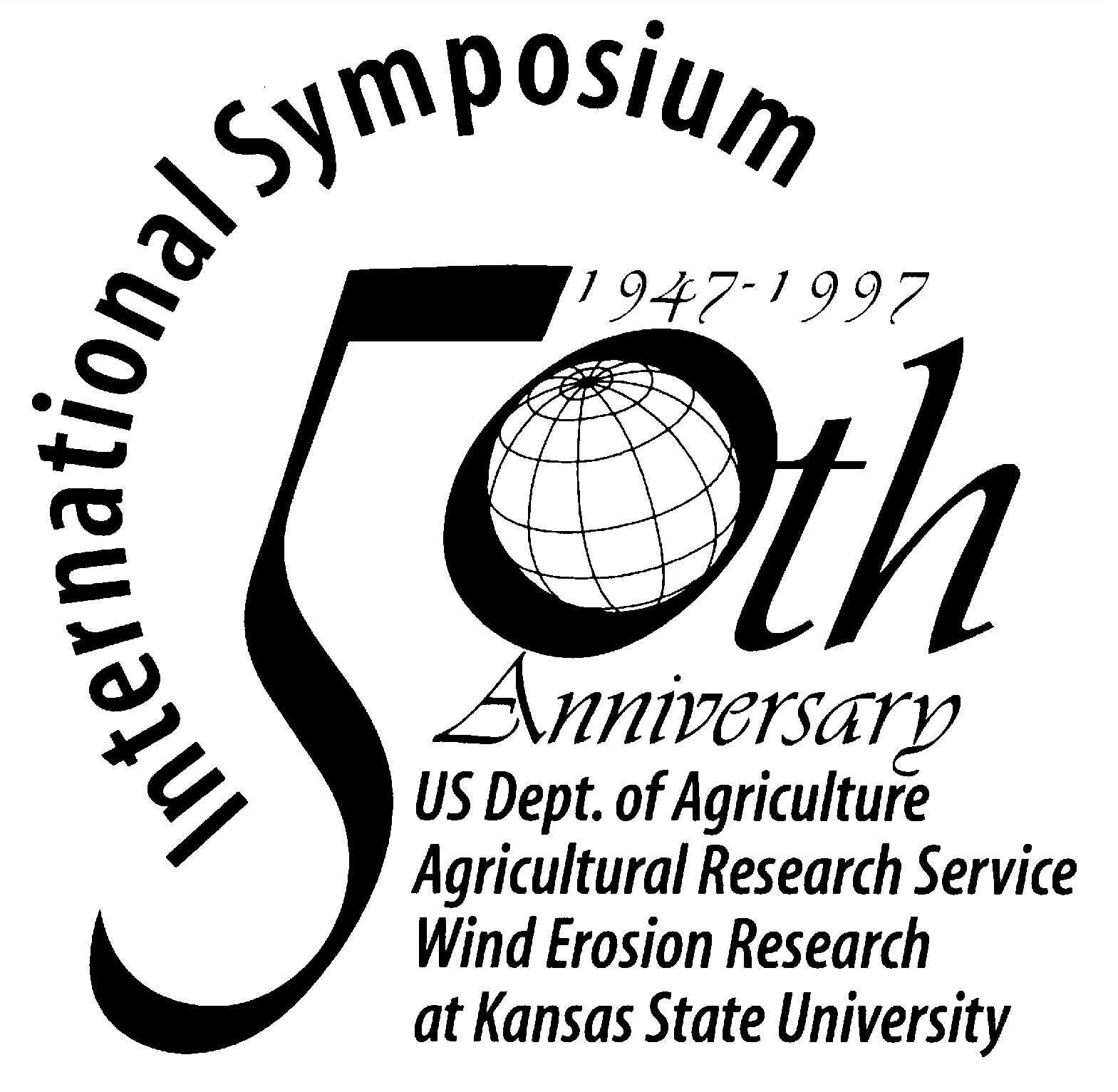|
Implications of a Sandblasting Model for Dust Production
by Wind Erosion in Arid Areas
Alfaro S.C., M.V. López, M. Sabre, and L. Gomes
Abstract
A sandblasting model has recently been developed that allows computation of size
distributions of clay aerosols produced by bombarding a kaolin clay target with sand
grains. It is adapted for the qualitative determination of the characteristics of dust
emissions induced by saltation of 4 soil aggregates populations representative of non
crusted soils found in arid areas. For each soil-aggregate size, the influence of the wind
friction velocity on 1) the sandblasting efficiency (defined as the ratio of the vertical
dust flux to the horizontal saltation mass flux), and 2) the size distribution of the dust
were examined. Results were found to be in good qualitative agreement with available field
or laboratory data for sandy soils. The main implications of this model are that, in terms
of dust mass-production, sandblasting due to saltation of small aggregates is more
efficient than the one due to coarser modes, but that these coarser modes contribute more
than the smallest to the injection of very fine (submicron) dust particles into the
troposphere. |




